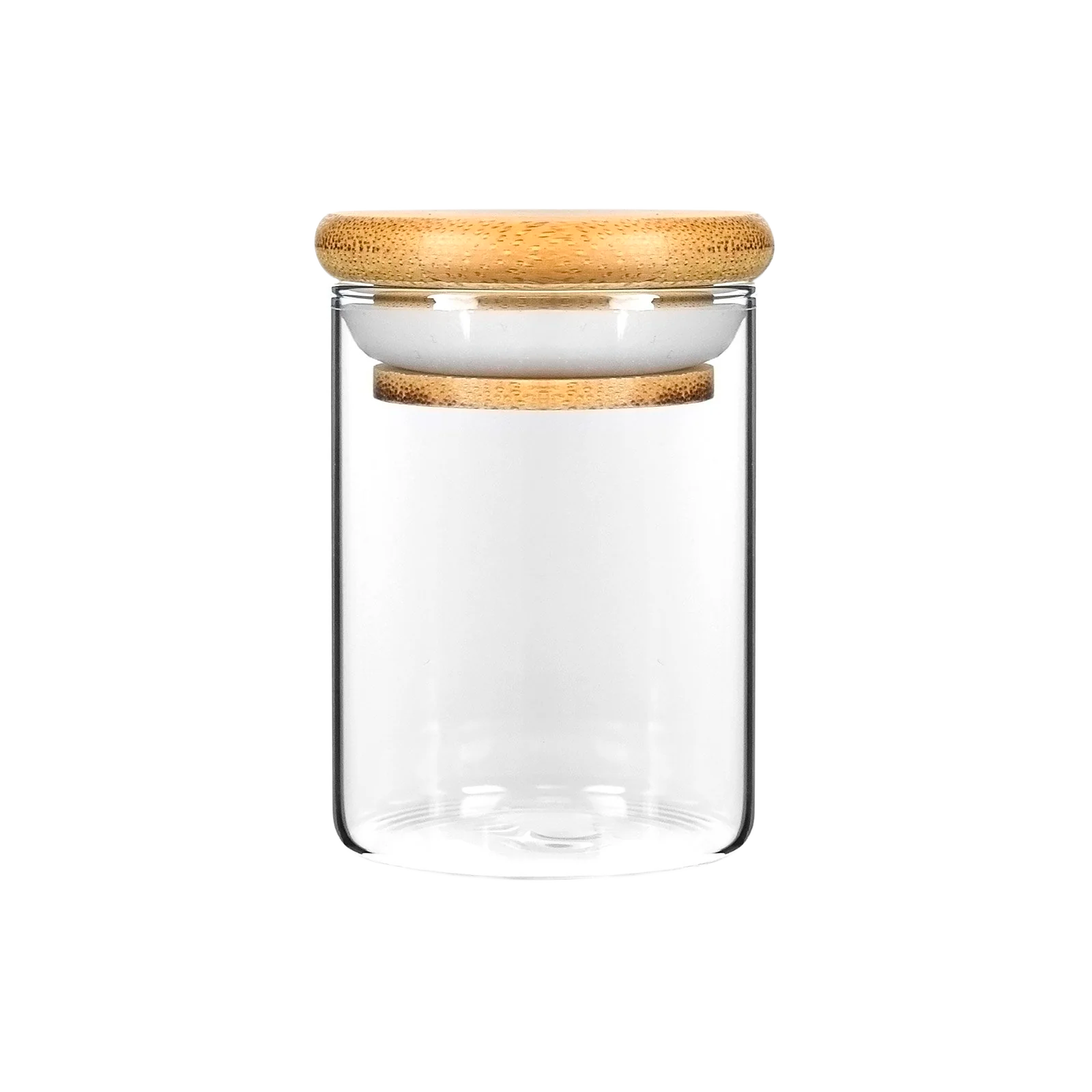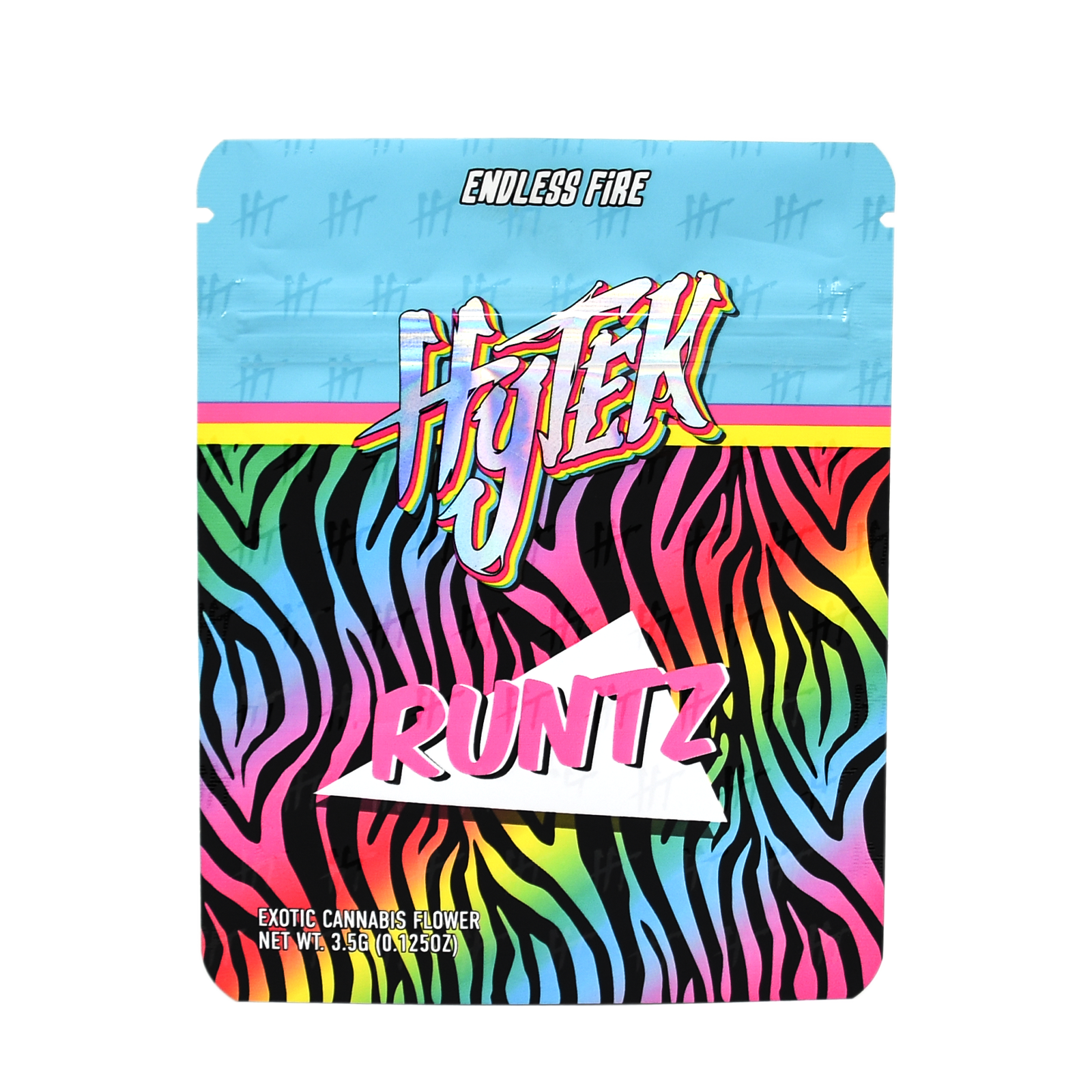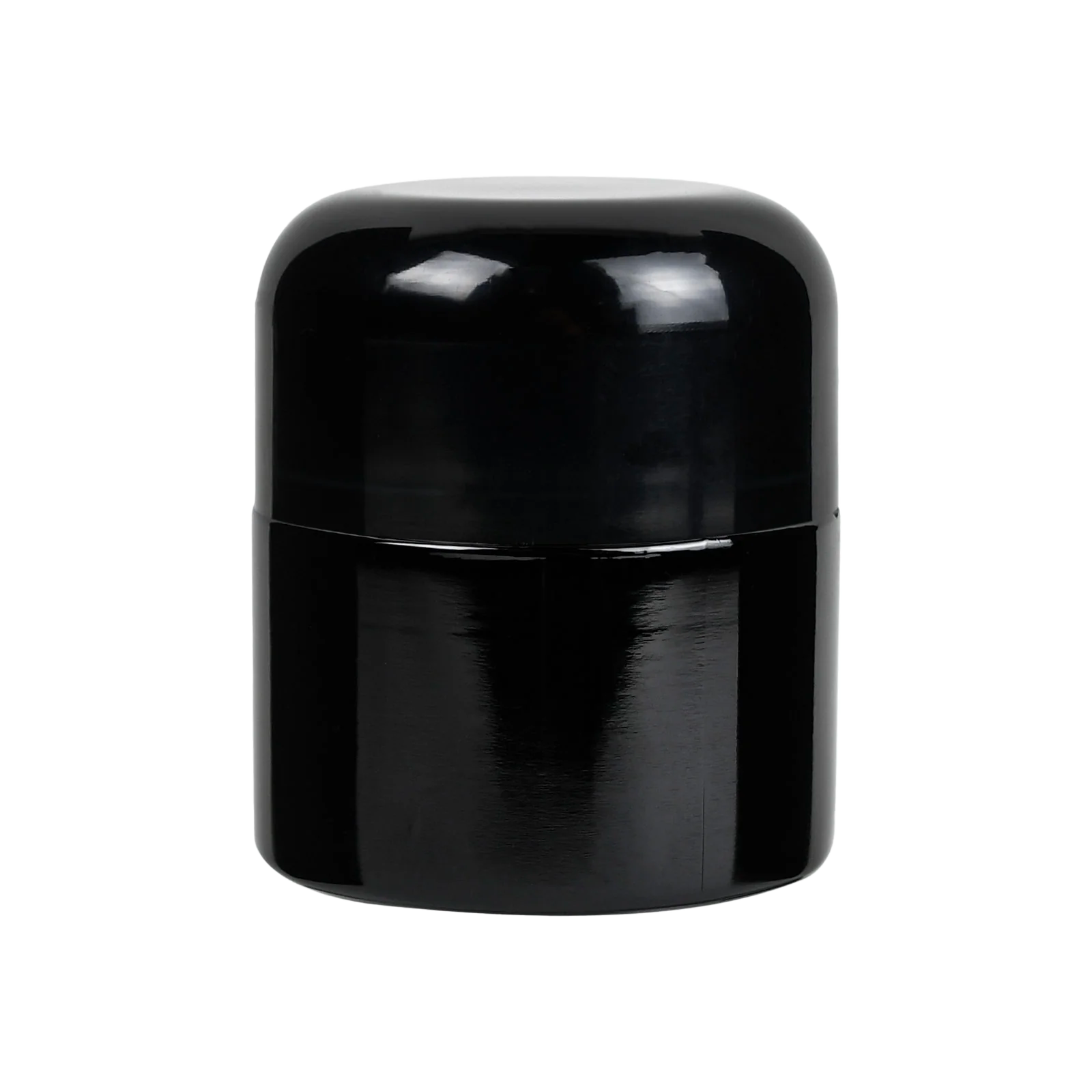Why Your Child Resistant Packaging Will Never Be Child Proof
A wide range of industries rely heavily on child resistant packaging to meet compliance guidelines. The pharmaceutical industry almost exclusively uses child resistant caps for pill bottles. Cosmetic and household products sometimes needs to employ child resistance measures with specific items deemed potentially harmful to young children. The burgeoning cannabis industry wouldn't have been able to get one foot in the door of the consumer market without child resistant containers. To say child resistance is important to consumerism is an understatement. Industries rely on it to provide their products to the public with peace of mind. However, the specifics of child resistant packaging, such as how packaging is deemed child resistant, may surprise you.
The Difference Between Child Resistant and Child Proof
First, it's important to note that there is a vast difference between child resistant packaging and child proof containers. It's a steep claim to attest that a package is child proof and one that can get a company into a lot of trouble if the claim cannot be backed up. The statement "child proof" indicates that there is a 100% chance that a child will be unable to access child proof packaging… period. Because this is such a bold claim, finding child proof containers can be a challenge. In most cases, the term "child proof" is used to describe tools and kits specifically designed to improve child safety around a household. Most packaging that is designed with child safety in mind is deemed child resistant but this makes no definitive claims like the term "child proof." Instead, child resistant packaging is designed to withstand a child at its most inquisitive for a specified amount of time, giving parents a window of opportunity to intervene. While this may sound vague, the U.S. institutes a very specific test to certify child resistant packaging.
How Child Resistant Packaging Gets Certified
The test to certify packaging as child resistant is administered to adults as well as somewhere between 50 and 200 children who are 5 years of age or under. The following criteria must be met in order for packaging to pass the first round:
-at least 85% of the tested children must be unable to breach the package within 5 minutes
-at least 90% of the tested adults must be able to correctly open the packaging within 5 minutes
-at least 90% of the tested adults must also be able to re-close the packaging within the same 5 minute window
The second tier of child resistant packaging tests follows a demonstration in which instructors show the children how to properly open the packaging. Children are also told they may use their teeth and any other means they deem necessary to open the package. At this point, the test subjects are given another 5 minutes. The following criteria must be met in order for the packaging to pass this second and final round:
-at least 80% of the tested children must be unable to breach the package within 5 minutes
Even if a new type of packaging passes both rounds with flying colors, it will not be deemed child proof. There will still be a 20% chance that a child under 5 years of age will be able to access the container within a 10-minute period, meaning that the packaging is instead deemed child resistant. Pharmaceutical packaging has been adhering to this type of testing since 1995.
Types of Child Resistant Caps
While there are a variety of ways to make cosmetic and pharmaceutical packaging child resistant, one of the most popular options is to design a locking mechanism into a cap. Child resistant caps come in a series of familiar models, the most instantly recognizable being the push-and-turn style caps. However, you can also find child resistant pop tops with the cap built into the bottle itself as well as reversible child resistant caps that can be flipped over after purchase for easier, non-child resistant access. This option is particularly popular with seniors who may not need such strict child resistance measures.
State and federal guidelines enforce child resistant packaging for certain products. If you feel like your product may require child resistant packaging, research your state guidelines before choosing the cosmetic or pharmaceutical packaging that best fits your unique needs. But don't knock yourself out looking for child proof containers because you'll be more likely to find a false claim than a guarantee.



